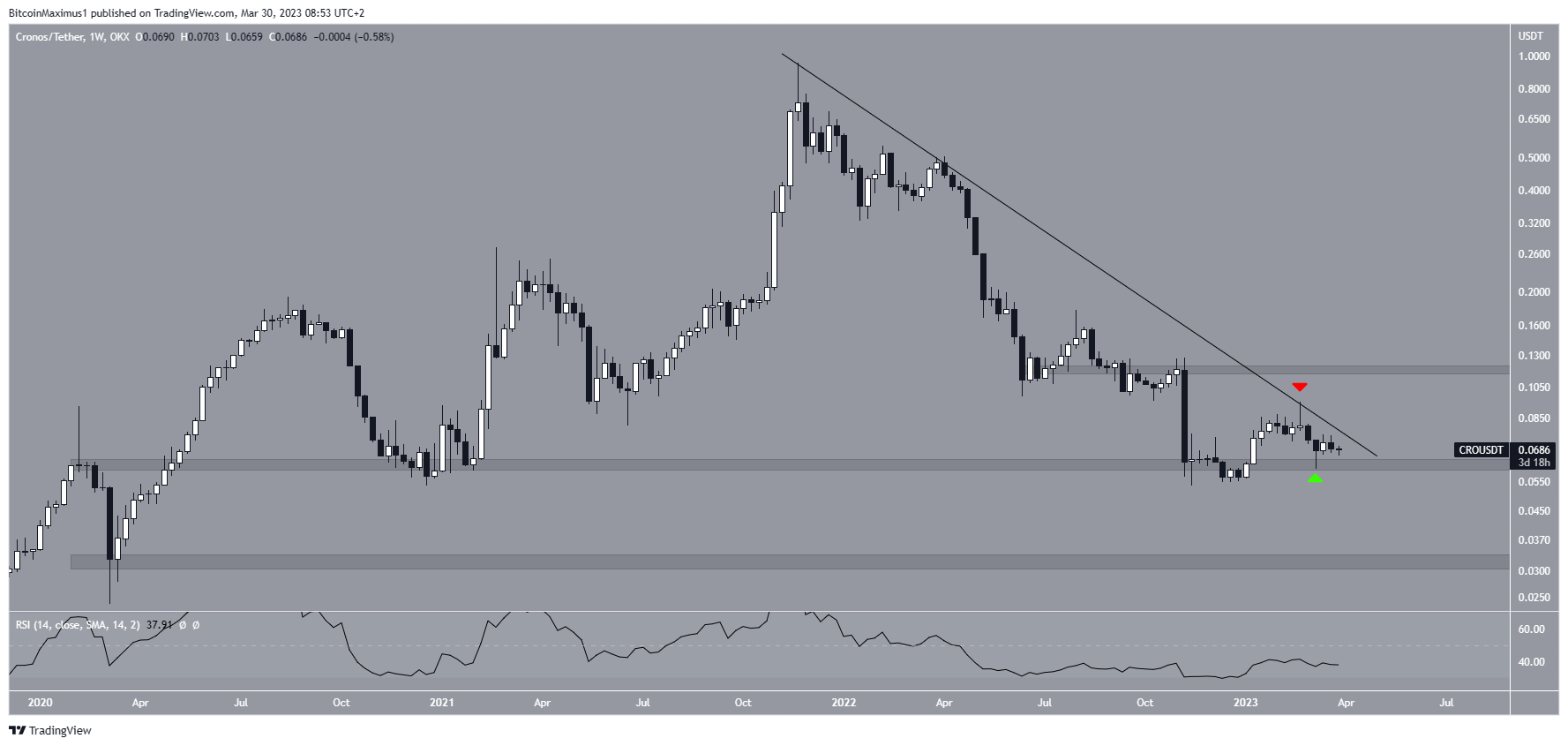There was only one crypto ad at the Super Bowl this year

The Super Bowl is a three-ring circus: there’s the game, the halftime show and — of course — the commercials.
Many of the Super Bowl hundreds of millions of home viewers tune in specifically for the ads, or enjoy them enough to stay quiet and wide-eyed when a team calls timeout or a quarter ends. The Super Bowl is, uh, the Super Bowl of the advertising world; brands pay creative agencies for highly produced TV spots, often with celebrity endorsements, clever writing and memorable messages. Super Bowl ads may offer a glimpse of today’s culture, but more reliably shine a spotlight on today’s economy.
But they are not cheap. 7 million dollars was the asking price for a 30-second spot this year, and if you’re going to spend $7 million (plus a lot more on production, agency fees and cross-promotion on other media platforms), you better send a message.
You might want people to get to know a new brand (remember all of these GoDaddy Ads?), or maybe you want to debut a new catchphrase in a convincing way (Old Spice’s “The man your man can smell like” always hangs with me); or maybe you want to do something more cinematic (like Apple’s iconic “1984″ commercialdirected by Ridley Scott.)
In 2022, a legion of cryptocurrency companies paid millions of dollars apiece to bombard every American sports watcher with pile investing advice. For Crypto.com and FTX respectively, Lebron James and Larry David encouraged fans to do so take a risk and invest in crypto. The exchange Coinbase ran an ad there was only one QR code. The overall motif in last year’s ads was FOMO, or fear of missing out.
Fast forward to 2023, there was only one crypto ad. A downturn – or “crypto winter”— in the market led to liquidity crises at many firms, including FTX. Since Larry David went for the crypto company during the 2022 Super Bowl, FTX collapsed, filed for bankruptcyand its founder Sam Bankman-Fried was arrested and faces 12 separate civil and criminal fraud allegations.
The only crypto ad this year was for an NFT-based game called DigiDaigaku made by the rather obscure crypto game company Limit Break, which said it paid $6.5 million to place the ad. True to crypto form, even that ad was somewhat misleading. Despite promising that scanning a QR code would allow viewers to claim an NFT of their own, all it did was link to the Twitter account by the company’s managing director.
Crypto just can’t stop being a scam, and — unfortunately for Super Bowl viewers — the industry isn’t likely to ever disappear entirely.
The crypto industry will not stay away forever
Since last year’s Super Bowl, the bottom has fallen out of the cryptocurrency industry. The price of bitcoin, crypto’s primordial coin, has fallen 50% since this time last year. The combined market capitalization of the crypto industry was north of $2 trillion in February 2022 and has lost $1 trillion since then, according to CoinGecko. Many companies including the exchange FTX, the lender Celsius and the hedge fund Three Arrows Capital all collapsed in 2022 and the US Securities and Exchange Commission seems appropriate on bringing large parts of the sector into compliance.
To put it another way, celebrities gave disastrous endorsements, encouraging their fans to put their money into unregulated financial products during a bull market. When the walls came crashing down, the celebrities were nowhere to be found. (David along with Tom Brady and Steph Curry face one class action over their adherence to FTX.)
Sports betting and traditional investment firms, such as DraftKings and E-Trade, paid for Super Bowl seats, showing that risk will always be part of the biggest night in American sports.
But while crypto ads largely disappeared from the Super Bowl this year, there’s no guarantee they’ll be gone forever. Even if it stares down the looming reality of mass regulation, the crypto market is by no means dead. When the economy recovers, when Americans have more money to throw away, the surviving crypto companies will surely come back to play.
Marketing is cryptos the whole game: How could evangelists avoid marketing’s biggest stage?
























